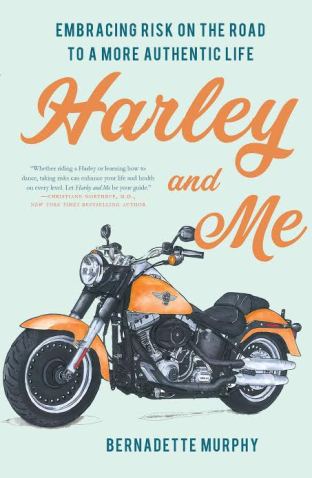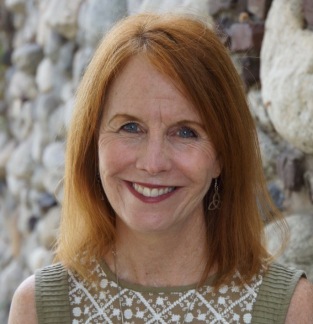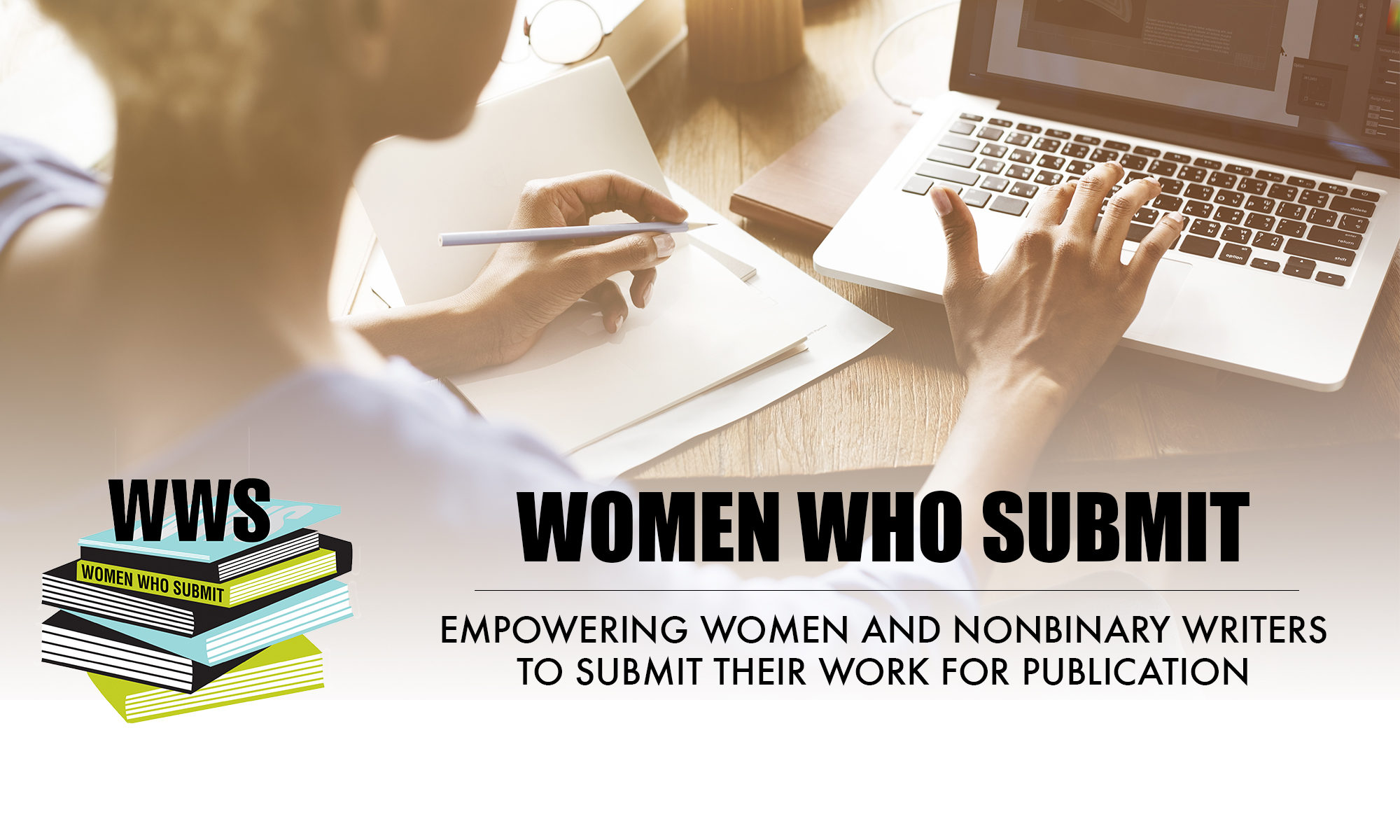by Bernadette Murphy
We sit at our little desks, maybe sipping a café au lait, staring at a screen. Often, we peer out at a world we hold at arm’s length, maybe through bespectacled eyes, always the outsider, the observer, the one on the periphery. To passersby, we appear the portrait of calm and ease. We’re writers, the nerdiest of nerds, the opposite of the REI adventurer, the wimpiest of wimps.
Or maybe not.
Red Smith famously said, “There’s nothing to writing. All you do is sit down at a typewriter and open a vein.” I tend to agree with Smith and believe that the work of a writer, when done well, is as risky as any extreme sport I can name — and requires the same kind of bravery and courage that all perilous adventures do. Maybe even more so.
I read once Maureen Corrigan’s take on the female adventure story in her wonderful book “Leave Me Alone, I’m Reading.” In it, she argued that women’s stories have always seemed more placid than men’s, but that the docile exterior is simply an illusion. In women’s stories, even the most domestically focused, there is just as much at stake as with any testosterone-rich alpha-male drama. A Jane Austen heroine trying to decide whom to marry has as much on the line as a climber in a Jon Krakauer narrative on Mount Everest. If our heroine makes a wrong choice, the consequences may be as dire in the long run as a fatal error made by a mountaineer. It all comes down to the big questions of life and death. As writers, this is the territory we mine.
Oddly, though I’m nerd through and through, I’ve found myself taking on more physical risk recently. In doing so, I’ve discovered a new kind of tolerance for risk in my writing life. I’m like Lance Armstrong building up strong lungs. The more I engage in activities that test my courage, my tenacity, both my emotional and physical strength, the more I build the parallel muscles that writing requires: Truth telling. Rawness. Vulnerability. The possibility of failure. Being willing to be unmasked as the imperfect human I am. Without these qualities, our writing takes us nowhere, has nothing to tell a reader about the human condition.
 This truth came home to me when I wrote the initial essay that would eventually become my most recent book, “Harley and Me: Embracing Risk on the Road to a More Authentic Life.” I had just left a 25-year marriage and my skin seemed as if it had been flayed in big sheets. My guts felt exposed, so that even the tiniest shift of wind hurt. I tried to write authentically about the experience, but found myself hiding behind trite metaphors and syrupy Hallmark sentiments. The more I attempted to remain safe by concealing my true self (and, I hoped, protecting my kids from my desperate feelings about the divorce), the more hackneyed my writing became.
This truth came home to me when I wrote the initial essay that would eventually become my most recent book, “Harley and Me: Embracing Risk on the Road to a More Authentic Life.” I had just left a 25-year marriage and my skin seemed as if it had been flayed in big sheets. My guts felt exposed, so that even the tiniest shift of wind hurt. I tried to write authentically about the experience, but found myself hiding behind trite metaphors and syrupy Hallmark sentiments. The more I attempted to remain safe by concealing my true self (and, I hoped, protecting my kids from my desperate feelings about the divorce), the more hackneyed my writing became.
Meanwhile, my dear friend Emily Rapp was on the cusp of losing her not-yet-three-year-old son Ronan to Tay-Sachs, a child I had held and cuddled and sang to. She wrote about her thundering grief and the day-to-day experience of nursing a child to his eventual death using a kind of incinerating truth I admired deeply and wanted to emulate. (Check out her heart-stopping memoir, “The Still Point of the Turning World.”) If she could tell the truth amid such tender-at-the-bone circumstances, limn both the heart-stomping moments and the flashes of unheralded joy, what was stopping me?
I tried to follow her lead. When the first essay that displayed my conflicted, damaged self was published, I cowered. I was nauseated by what I had written, terrified of what people would think of me. I kept having a dream in which Emily was beheaded by the Taliban. She was executed for her honesty – it was that dangerous and that powerful. And if I continued in her path, what would become of me?
In the meantime, though, I’d started taking more risks in the physical realm. I learned to ride a motorcycle and took off on a 5,000-mile cross-country trek with a friend – another scared-y cat mom like me, who’d also recently been through a divorce. I went backpacking and hiking and ran marathons. I moved to French Polynesia for three months to find out who I was when I stopped being who I knew myself to be in Los Angeles. I learned to scuba dive, ski, open-ocean outrigger canoe, mountaineer, rock and ice climb – all in my 50s. And I discovered that I was stronger than I thought I was.
In finding that physical strength, I uncovered the seed of bad-ass-ed-ness that had long been buried in me. Over time, I stopped worrying about what people would think. And I realized that my children didn’t need to be protected from the reality of my life, that actually, they were much hardier than I was and were teaching me about bravery and guts, more than I could ever teach them. As a result, I was finally able to write the book I had been wanting to.
Looking back, I believe my creative paralysis can be traced to an insidious lie: The idea that risk by definition is negative, a factor to be eliminated whenever possible. Risk infers the possibility that something bad or unwanted may happen. But risk, for writers, is imperative.
When I first started taking physical risks as a path to creative courage, my behavior appeared capricious and unpredictable. So I looked into the subject, craving assurance I wasn’t going off the deep end. Through interviews with neuoscientists, researchers, and psychologists, I learned that risk, the very element I’d attempted to isolate myself from, was the substance that was making me feel healthier emotionally, encouraging the wonders of neuroplasticity and neurogenesis, and building my self-confidence. I learned that by deliberately engaging new challenges, even challenges as simple as trying a different restaurant or gym routine, I improve my happiness and safeguard my mental and physical health.
Yes, there are biological, gender, and cultural influences that incline some of us to be more enthusiastic about new experiences than others. Still, risk taking is part of our human DNA, and for some of us, downright central to who we are. According to researchers at Stanford University, the human body replaces itself with a largely new set of cells every seven years to 10 years, and some of our most important parts are revamped even more rapidly. Whether it’s creating fresh lung cells, shedding skin, sprouting new hair, or making fresh brain connections, the human body is in a state of constant flux and change. So too, I venture, is the human psyche — but only with our cooperation.
By training myself to take small risks and building on them daily, I shifted my creative focus away from what scares me toward what makes me feel most alive. In doing so, I rediscovered my eagerness and curiosity, ultimately breaking out of the creative straightjacket I had constructed. Of course, not all risk is beneficial. Impulsive, emotionally driven risk often creates negative outcomes. But positive risk taking, undertaken with forethought and intention, has become fundamental for me.
I now approach life and writing with a new kind of zest and enthusiasm. I feel emotions more keenly than before, even the tender and piercing ones – which, I would argue, is some of the riskiest territory on the planet. Writing honestly is much scarier than skydiving, bungee jumping and any other X-game challenge. So, in a way, writers are really extreme athletes in the world of letters. By grappling with risk in the most demanding realm of all – the world of the imagination — we prove ourselves as powerful and fearless in the very best way.
 Bernadette Murphy is the author of, Harley and Me: Embracing Risk on the Road to a More Authentic Life (Counterpoint Press, hardback May 2016, paperback May 2017). She has published three previous books of narrative nonfiction including the bestselling Zen and the Art of Knitting, is an Associate Professor in the Creative Writing Department of Antioch University Los Angeles, and a former weekly book critic for the Los Angeles Times. Her website is Bernadette-Murphy.com.
Bernadette Murphy is the author of, Harley and Me: Embracing Risk on the Road to a More Authentic Life (Counterpoint Press, hardback May 2016, paperback May 2017). She has published three previous books of narrative nonfiction including the bestselling Zen and the Art of Knitting, is an Associate Professor in the Creative Writing Department of Antioch University Los Angeles, and a former weekly book critic for the Los Angeles Times. Her website is Bernadette-Murphy.com.

